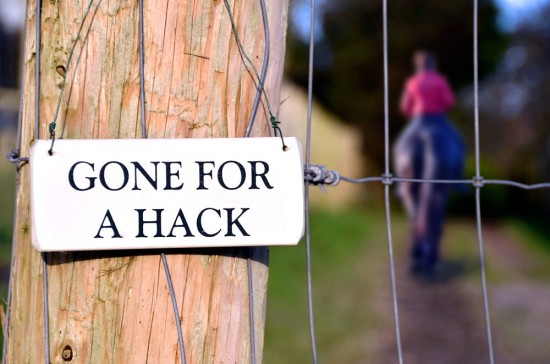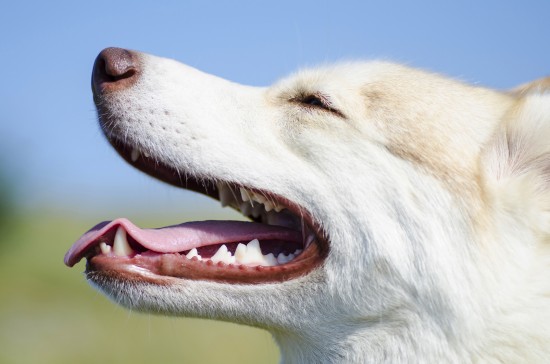
Introduction to the Water
Whether your pup is headed to the duck blind or you just want to teach him to swim for fun and exercise the techniques are the same.
Dogs are land mammals and are not born knowing how to swim. Occasionally a young dog will wade right in and go, but most need a gentle introduction and some encouragement to swim.
When the weather and water are warm, I start my pups on the water as soon as I bring them home from the breeder. The introductory lessons are the same for pups and grown dogs.
The main point to remember when introducing a pup to the water is don抰 push or rush him. Give the pup a reason to want to swim ?to retrieve, to follow you, or to chase another dog, and then allow him to choose to swim.
Once the pup knows he can swim, be sure to supply sufficient practice so he can learn to swim well. Much later in training you can work on force fetch and obedience to commands on the water.
Never throw or force into the water a dog that does not know how to swim. If you rush him he may panic. Once your pup is afraid of the water your job will be much harder.
Learning to Swim
The best set-up for getting your pup started swimming is warm water, a warm day, and a bottom that drops off gradually. You can wade in and walk or play with other dogs and allow your pup to follow. If you have a shallow stream, a long walk on a hot day is good. Your dog will enjoy the trip and sooner or later he will find himself in over his shoulders and swimming.
If your pup likes to retrieve, throw bumpers where he can still keep his feet on the bottom and retrieve. As he gains confidence gradually throw a bumper farther out ?at some point he will have to swim to get it.
Sometimes I wade in holding the pup and have my wife or helper stand a short distance away in the water. Gently lower the pup into the water and face him toward my wife. She calls him and I let him go to swim a short distance to her. When he gets there my wife picks him up and makes a big fuss over him before turning him to face me and sending him back. As he gains confidence we back away from each other so he must swim farther each time.
One of my training ponds has a small island 50 feet long and 20 feet wide. This island is only 60 feet from the nearest shore. Big dogs can walk most of the way across but must swim a bit in the middle to get to shore. With an older pup I have waded out to the island carrying a reluctant swimmer. I set them on the shore and wade off to stand some short distance away in the water. No pup has stayed on the island long.
Stages
When they begin to swim most dogs will swim with the front end only. This results in a head-up, splashing stroke that is not very effective or efficient. This 損uppy splashing?is common. With more experience a pup will engage his rear end and level out and swim.
Typically a new swimmer will start by splashing his way out and back to retrieve his bumper or ball. At some point you抣l observe that he splashes out to retrieve but swims on the return.
Once they begin to swim well on the return, it抯 just a short time until most dogs begin to swim on the way out, too.
Some pups will go through these stages in one day, some in a week. Most dogs introduced to the water after six months of age take a little longer to work through these stages. Over the years I have had a few dogs that splashed for eight or 10 weeks before they swam well. With time, even the most determined splashers eventually learned to dig in and swim.
A final caution: be very careful about training on cold water. Cold water can be very uncomfortable and once your dog learns he doesn抰 like cold water he may be reluctant to enter even warm water. Some trainers say the minimum water temperature for training grown dogs is 56 degrees, but for pups I want it at least 60 degrees, with warm air temperatures as well.
Have fun and enjoy your pup's new water skills,
Pat Nolan
 All About The South African Boerboel Dog
All About The Sou
All About The South African Boerboel Dog
All About The Sou
 Essential Equipment To Take With You On A Hack
Essential Equipme
Essential Equipment To Take With You On A Hack
Essential Equipme
 Preventing Secondary Issues That Can Be Caused By Dental Disease In The Dog
Preventing Second
Preventing Secondary Issues That Can Be Caused By Dental Disease In The Dog
Preventing Second
 Helping Your Dog To Recover More Quickly After Surgery
Helping Your Dog
Helping Your Dog To Recover More Quickly After Surgery
Helping Your Dog
 Top choice for buy online pet meds-Genericfrontlineplus
Generic flea Control by Generic Frontline meds
Generic Fron
Top choice for buy online pet meds-Genericfrontlineplus
Generic flea Control by Generic Frontline meds
Generic Fron
Copyright © 2005-2016 Pet Information All Rights Reserved
Contact us: www162date@outlook.com